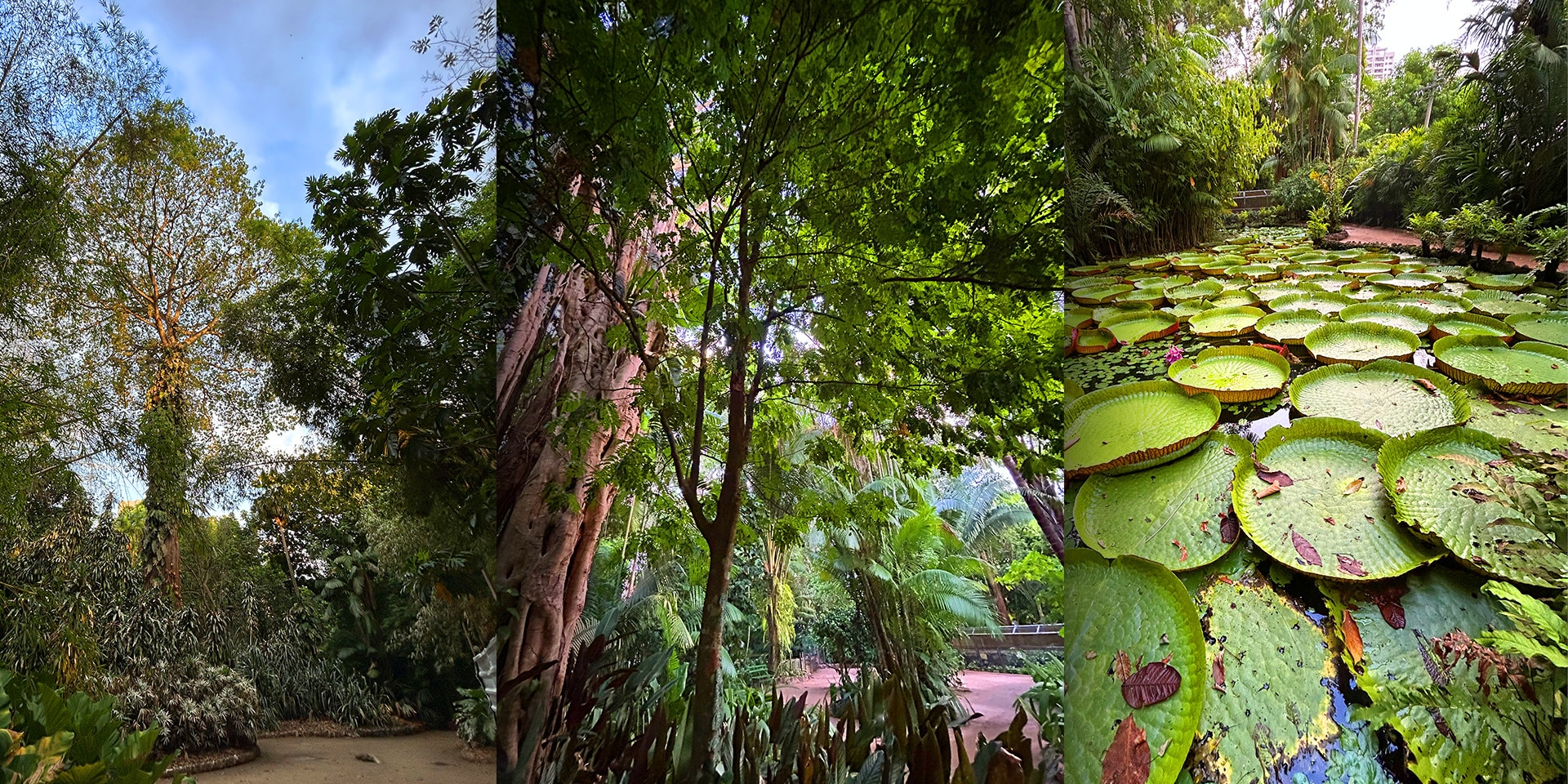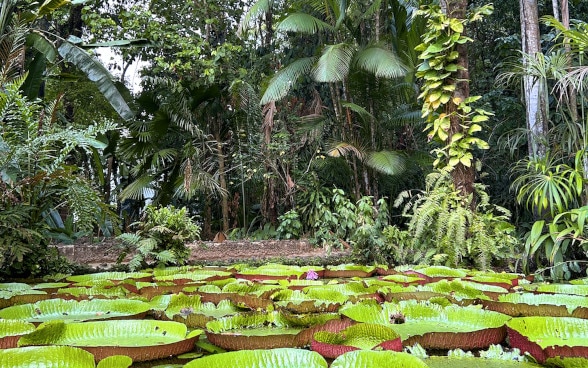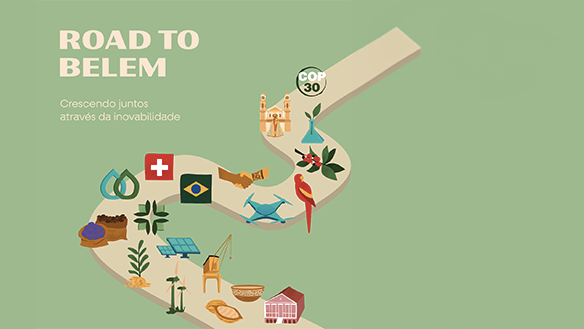Ignazio Cassis in Nova Friburgo
"I've been told that this region reminded its settlers of the Swiss Alps. I had the opportunity to admire the impressive scenery on the car journey here, and now I understand how they feel," said Cassis at a reception in Nova Friburgo. The town is a Swiss island perched at an altitude of over 800 metres, evoking a fragment of Europe lost in the tropics.
The first Swiss immigrants arrived in Brazil between 1819 and 1820 and settled in this region. The name Nova Friburgo was given to the town in honour of the canton of Fribourg, where almost half the settlers originated from. Founded by royal decree in 1818, the town's destiny has since been linked to the Swiss families who contributed to its creation and development. In 2024, Nova Friburgo was officially awarded the title of Suíça Brasileira in recognition of the municipality's local cultural identity.
Ancestors of Brazil's foreign minister, Mauro Vieira, emigrated from the canton of Solothurn (Erschwil) to Brazil in the 19th century and helped found Nova Friburgo. A tribute to Mr Vieira's Swiss origins was paid in April 2024 when he met Ignazio Cassis in Solothurn.
To find out more: Nova Friburgo, Nueva Helvecia and Baradero: rediscovering the story of Swiss emigration to South America in Solothurn




